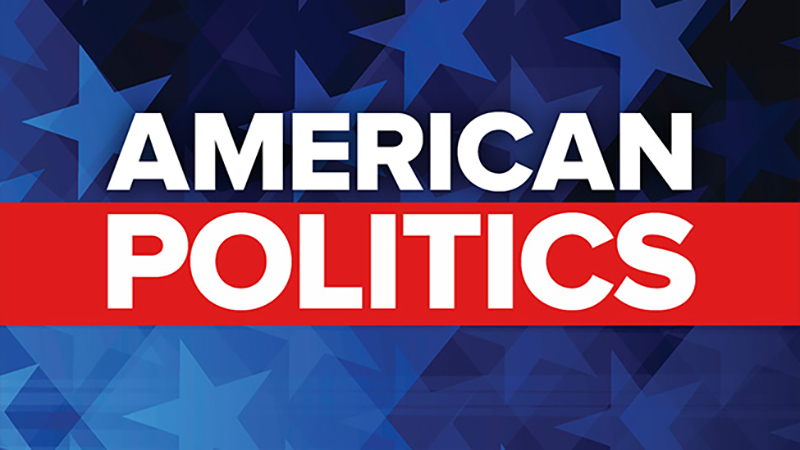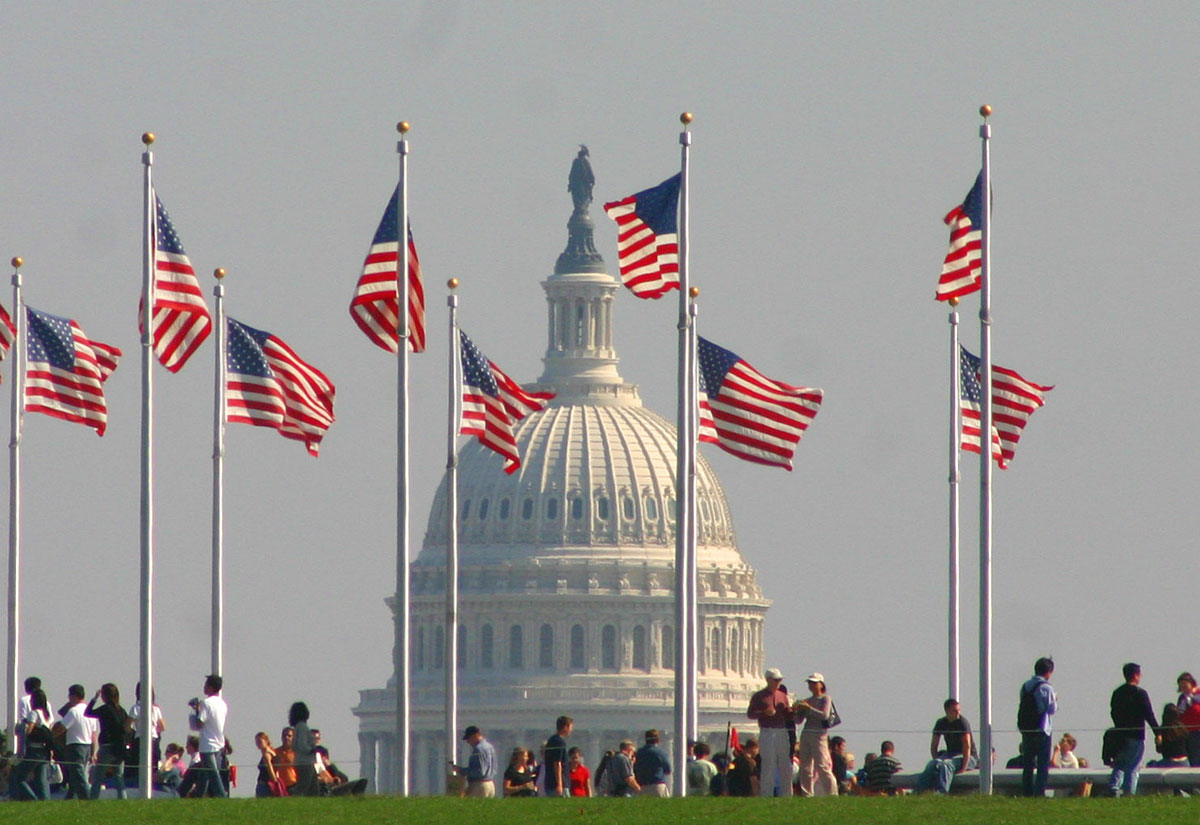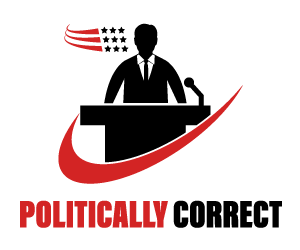Left And Right: The Core Ideological Differences In America’s Political Sides
In the United States, the left-right political spectrum refers to the way in which political positions, ideologies, and parties are classified according to levels of social equality.


The left-wing ideologies support concepts such as equality, freedom, fraternity, rights, progress, reform, and internationalism. In contrast, right-wing ideologies support hierarchy, authority, order, tradition, reaction, and nationalism.” Left” and “right” refer to liberals and conservatives, respectively.
While the definition of liberalism has evolved, modern liberals generally believe that government should intervene in the economy and provide a wide range of social services in order to promote social well-being. According to a typical liberal viewpoint, sexual and social behavior should not be regulated by the government.
Besides having progressive views on abortion, immigration, and same-sex marriages, the Left are also against capital punishment, such as the death penalty. They are said to be on the “left-wing” of the political belief axis, a convention that stems from where supporters of the revolution sat in assembly during the process.


Alternatively, conservatives believe that government should be small and primarily confined to the state and local levels. In order to solve problems, they favor the use of private-sector solutions and minimal government intervention in the economy. Also, social conservatives believe the government should restrict contraception, abortion, and same-sex marriage in order to maintain traditional morality.
On the political belief axis, conservatives are considered to be on the “right-wing,” a convention that dates back to the position that conservatives sat in the assembly during the French Revolution.
